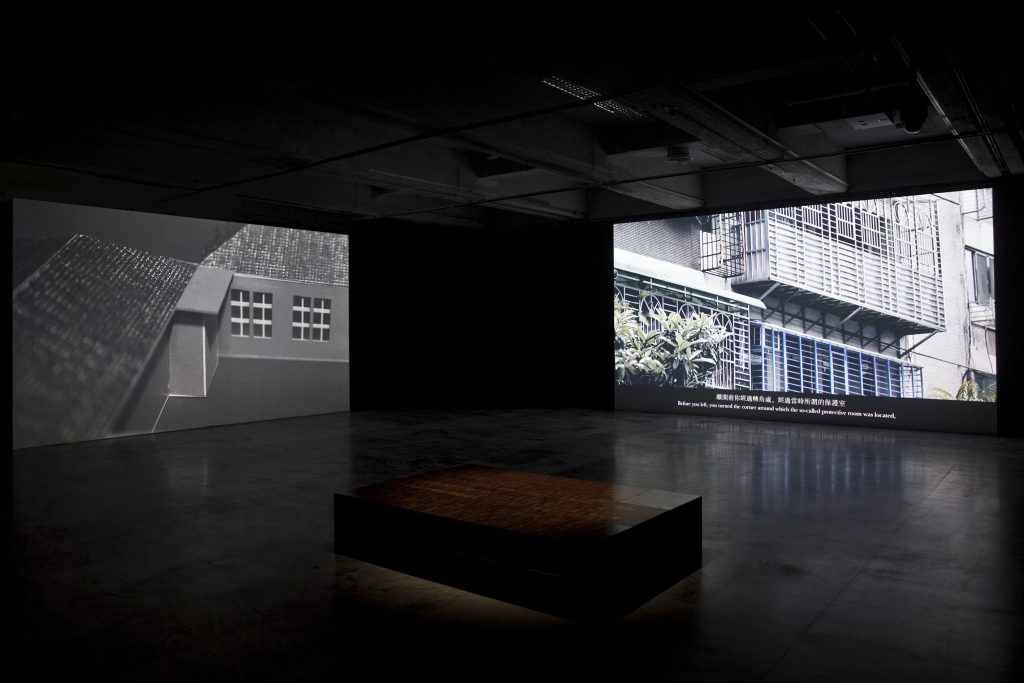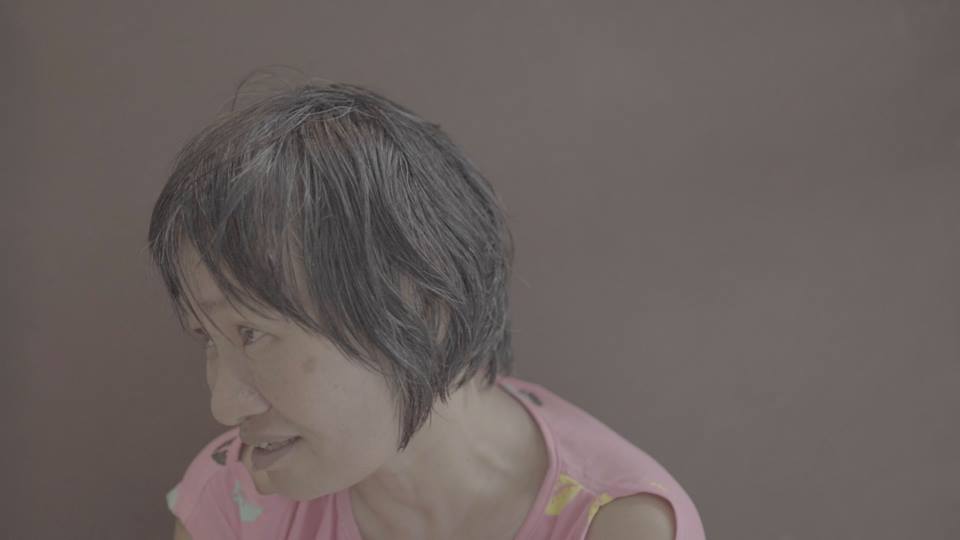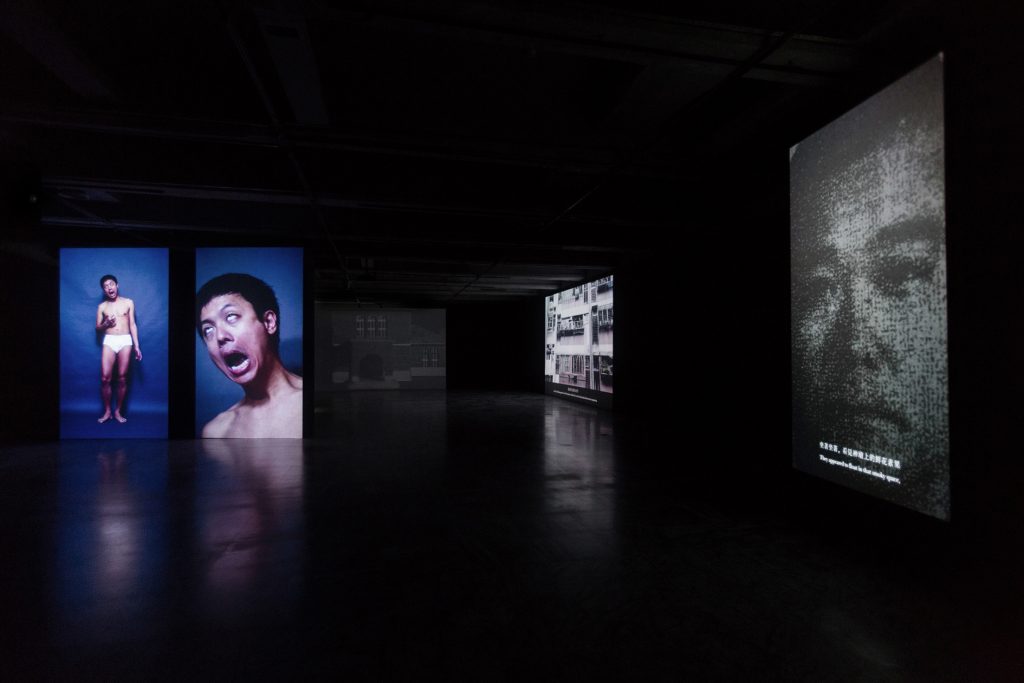Note: This article originally stems from the MNML series: “Art-in-Production 3: Chen, Che-wei + Enkaryon”. Here Enkaryon responded to the sorted local aesthetics, firstly unraveled in “Oblivion”, Chen, Che-wei’s first solo exhibition in the Taipei Fine Arts Museum, from as varied aspects as psychiatry or the history of epilepsy, space arrangement of Taiwanese nationality or mentality during Japaneses colonial times, to the care for historical landscape. With several “found objects” revived in the art history and specific void of history (such as surrealism) as references, what other possibilities can be seen in art?

Chen Che-wei, "Oblivion", Yang-Shen-Yuan (2016); photo courtesy of artist

Liu Yu, The Ship of Fools Mooring at the Train Station; photo courtesy of artist
-1024x615.jpg)
養神院全景; source: 臺灣總督府精神病院養神院概況, 昭和13年(1938) 黑白照片, 14.3 X 8.5cm, 臺大總圖書館收藏

Chen Che-wei, Yang-Shen-Yuan; photo courtesy of artist